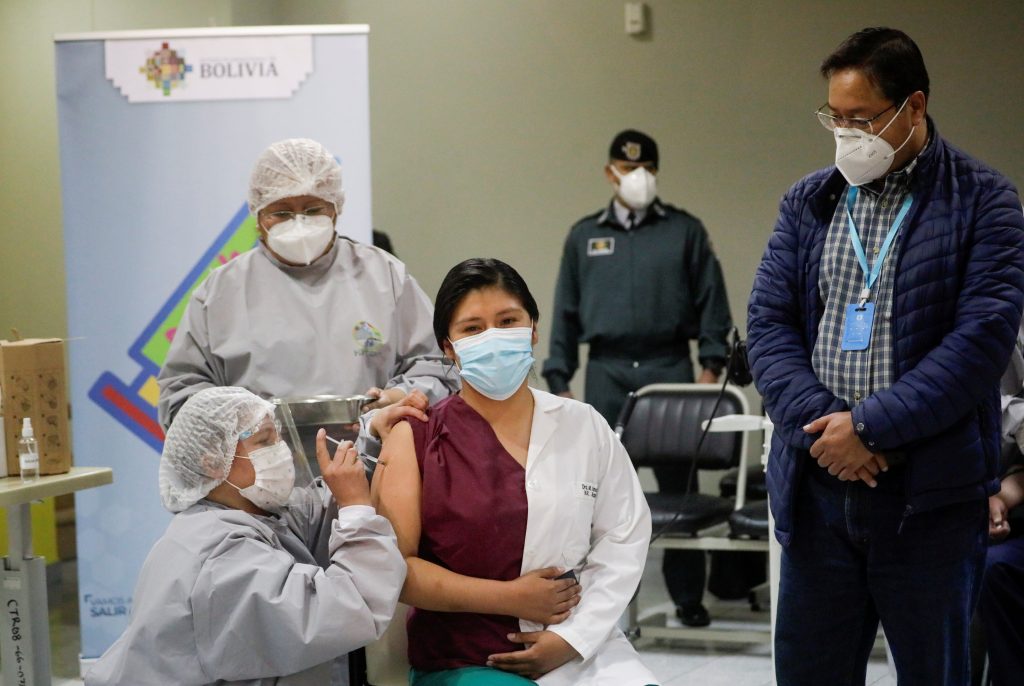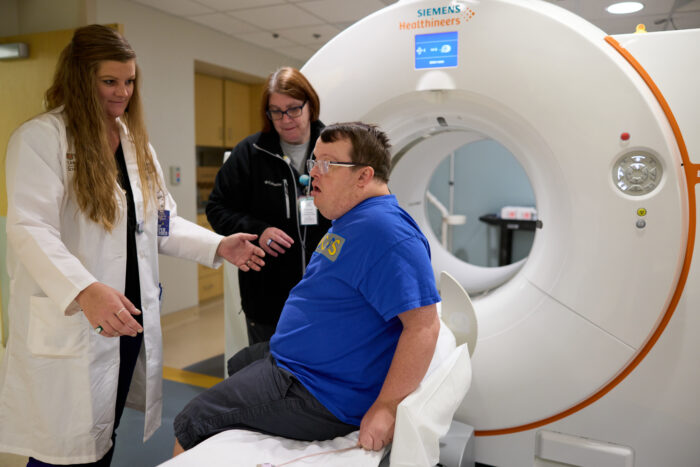Bird Flu Virus Found in Milk Raises Alarm at World Health Organization
A recent statement from the World Health Organization (WHO) has raised concerns about the spread of the bird flu virus, also known as avian flu, particularly in humans. The WHO expressed “great concern” over the increasing number of bird flu cases globally, highlighting the discovery of the virus in raw milk. This development has significant implications for public health and food safety. The Rising Threat of Avian Flu Dr. Jeremy Farrar, the chief scientist at the WHO, emphasized the virus’s high mortality rate, especially among infected individuals worldwide. Although the illness remains rare in the United States, recent cases involving individuals working closely with livestock have prompted concerns about potential human-to-human transmission. Virus Detected in Raw Milk In a recent announcement, the WHO revealed that the bird flu virus had been detected in raw milk. However, officials reassured the public that pasteurized milk, widely available in grocery stores across the US, remains safe for consumption. Stringent measures are in place to prevent infected milk from entering the food supply chain, including the mandatory disposal of milk from infected cows by dairy farmers. Risks of Consuming Raw Milk Drinking raw milk, in general, is discouraged due to the potential risks of contamination with other harmful pathogens, such as salmonella, listeria, and E. coli, which can cause serious illnesses. While cases of avian flu in the US and Europe have been relatively mild, the WHO emphasizes the importance of caution. The WHO has urged US officials to closely monitor the situation, citing the potential for the virus to evolve and spread through different transmission routes. Questions regarding the role of cow milking structures, environmental factors, and transportation systems in the spread of the virus underscore the need for preparedness and rapid response in the event of human-to-human transmission. Scientists have long warned of the potential for a bird flu pandemic, highlighting the virus’s high fatality rate in birds. Recent concerns have been raised about the virus’s potential to mutate and infect humans, with some experts suggesting that a bird flu pandemic could be “100 times worse than COVID-19.” However, there is hope that the virus may be less deadly in humans once it mutates, although this remains uncertain. The discovery of the bird flu virus in milk underscores the ongoing threat posed by avian flu and the importance of vigilance in monitoring and containment efforts. While the current outbreak primarily affects birds and cattle, the potential for human transmission remains a significant concern. Continued research, surveillance, and preparedness are essential in mitigating the risks associated with avian flu and other emerging infectious diseases. Tags: bird flu virus, avian flu, WHO statement, raw milk contamination, public health alert, poultry disease, zoonotic transmission, pandemic
Bird Flu Virus Found in Milk Raises Alarm at World Health Organization Read More »












